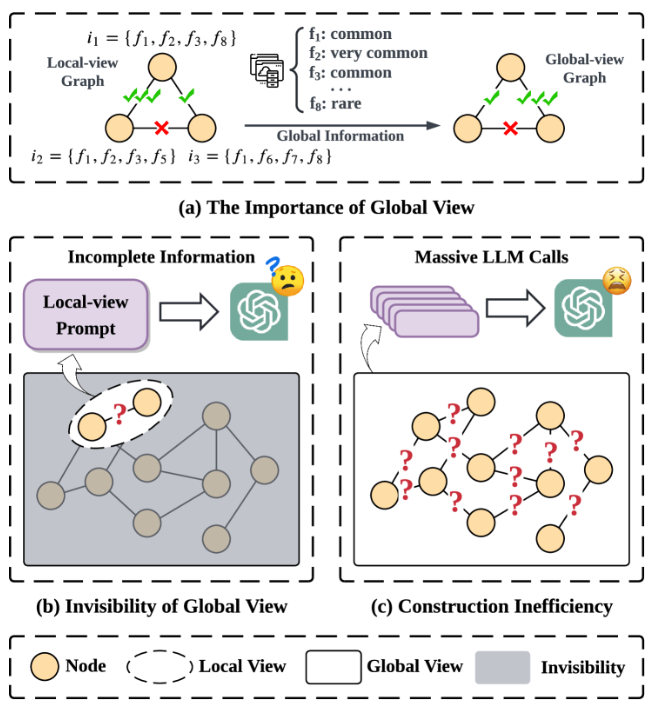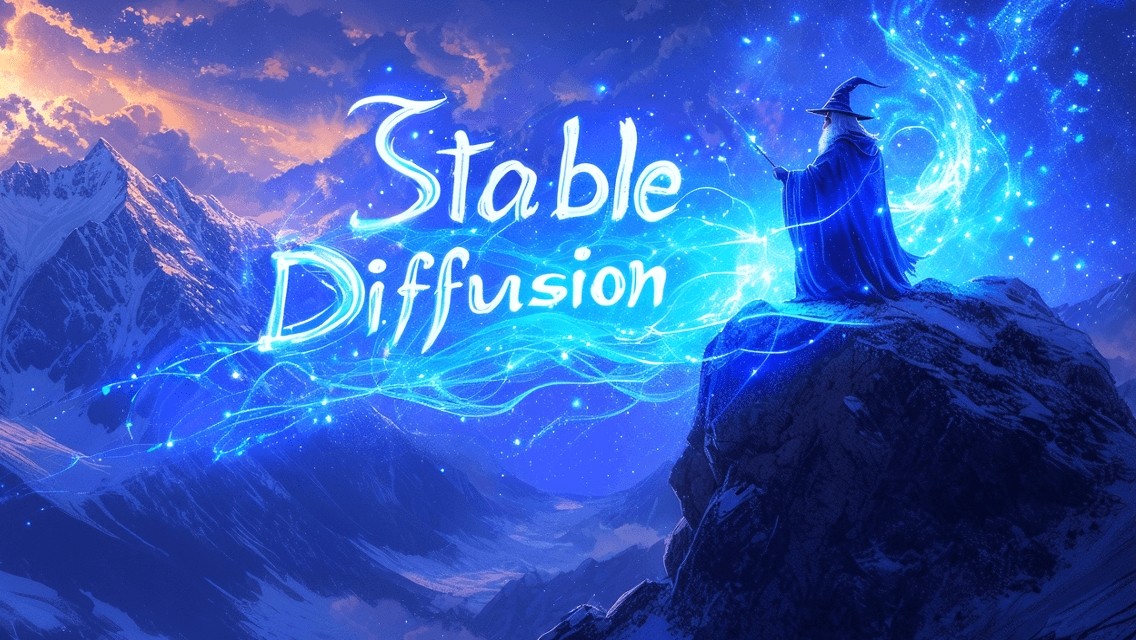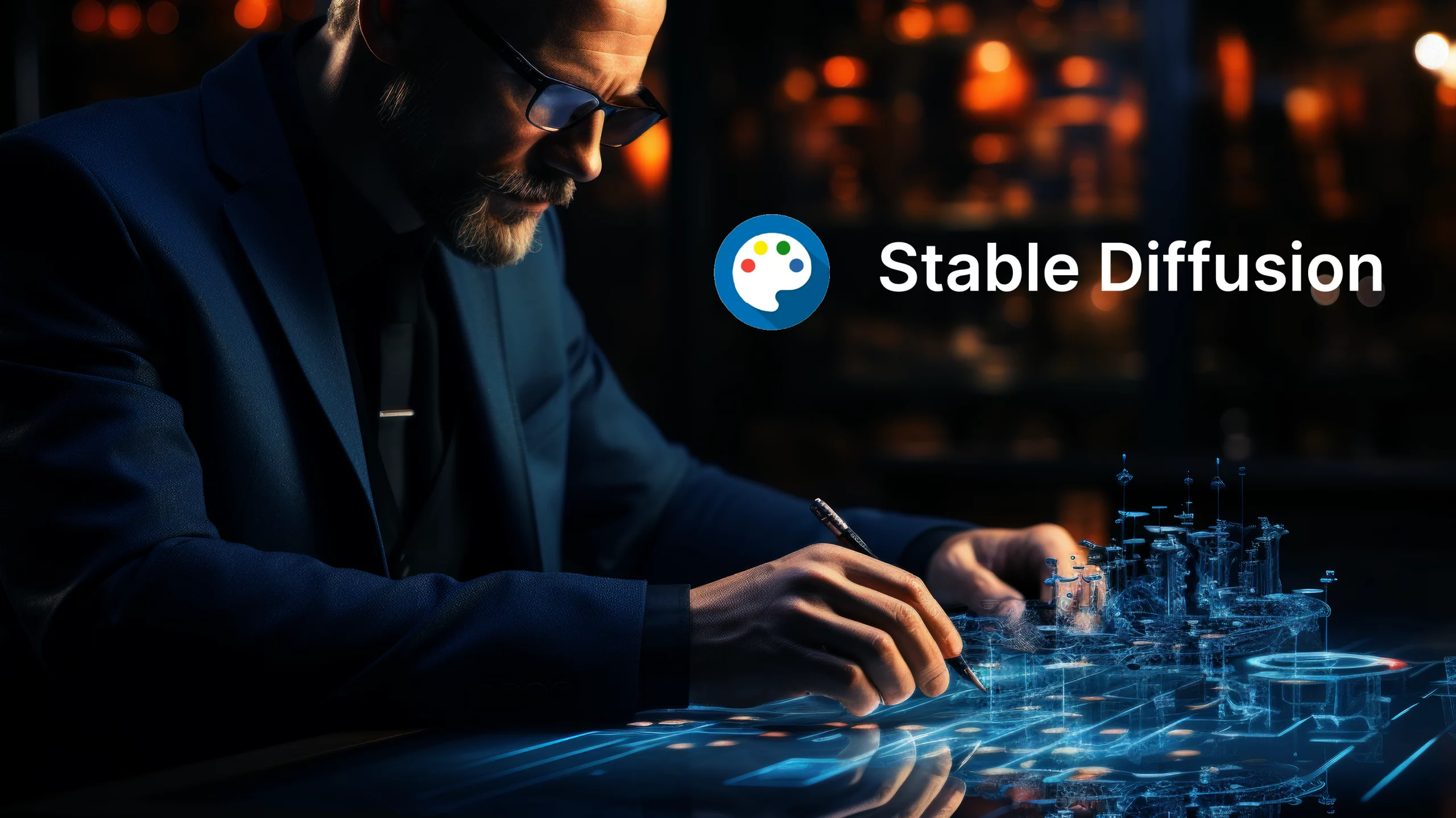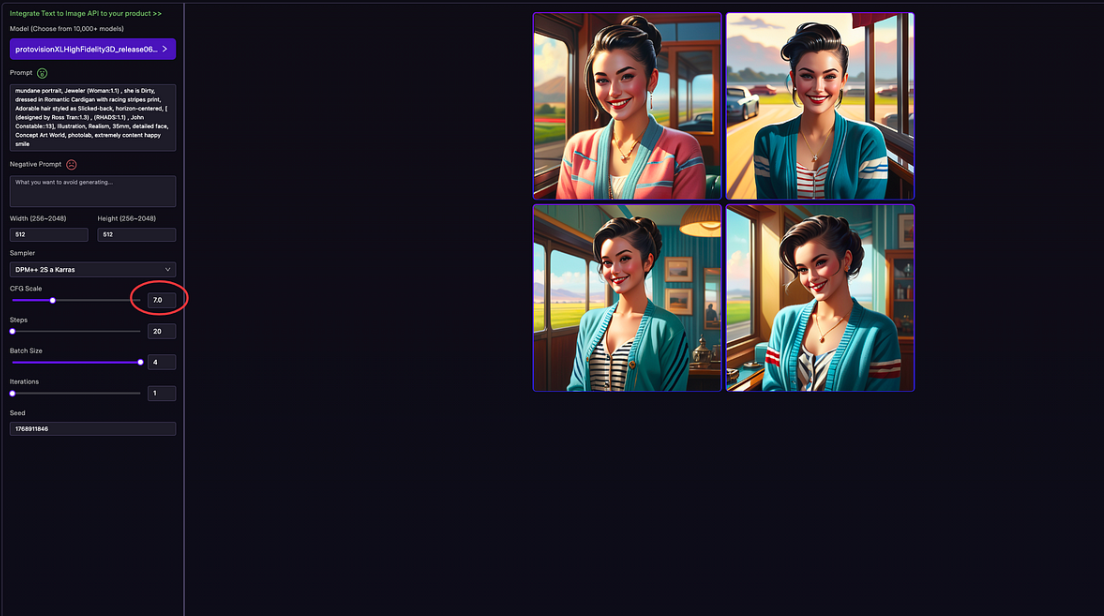With the improvement of user experience and the enhancement of retention rate, recommendation systems are gaining more and more attention in various industries such as e-commerce, streaming media and social media. These systems need to analyze the complex relationships between users, products, and their background factors to accurately recommend content that may be of interest to users.
However, existing recommendation systems are often static and rely on large amounts of historical data to effectively build these relationships. In the "cold start" scenario, the construction of this relationship becomes almost impossible, further weakening the effectiveness of the system.

To solve these problems, researchers from Shanghai Jiao Tong University and Huawei's Noah's Ark Laboratory launched the AutoGraph framework. The framework can automatically build graphs and dynamically adjust them to enhance recommendation accuracy, while leveraging large language models (LLMs) to improve contextual understanding.
Currently, graph-based recommendation systems are commonly used. However, existing systems require users to manually set the features and connections in the graph, which is time-consuming and inefficient. At the same time, pre-set rules limit the adaptability of these graphs and cannot fully utilize unstructured data that may contain rich semantic information. Therefore, a new method is urgently needed to solve the data sparse problem and capture the subtle relationships of user preferences in time.
The AutoGraph framework is based on large-scale language models and knowledge graphs, and improves the performance of recommendation systems through the following functions:
Utilizing pre-trained LLMs: This framework analyzes user input with the help of pre-trained LLMs and extracts potential relationships from natural language.
Knowledge graph construction: After extracting relationships, LLMs generate graphs as structured representations of user preferences. Then, the algorithm optimizes the graph and removes irrelevant connections to improve the overall quality of the graph.
Integration with graph neural networks (GNNs): Combining the constructed knowledge graph with GNN enables the recommendation system to use node features and graph structure to provide more accurate recommendations while being sensitive to personal preferences and user trends.
To evaluate the effectiveness of the framework, the researchers conducted benchmark tests using datasets from e-commerce and streaming services. The results show that the recommendation accuracy is significantly improved, indicating that the framework has sufficient capabilities in providing relevant recommendations. Furthermore, the framework shows better scalability when processing large data sets and is significantly less computationally demanding than traditional graph construction methods. The combination of automated processes and advanced algorithms helps reduce resource consumption without compromising the quality of the results.
The AutoGraph framework represents an important advancement in the field of recommender systems. The ability to automatically build graphs enables it to effectively address long-standing challenges of scalability, adaptability, and context awareness. The success of this framework demonstrates the transformative potential of combining LLMs with graph systems, setting new standards for future research and applications in personalized recommendations.
Paper entrance: https://arxiv.org/abs/2412.18241
AI courses are suitable for people who are interested in artificial intelligence technology, including but not limited to students, engineers, data scientists, developers, and professionals in AI technology.
The course content ranges from basic to advanced. Beginners can choose basic courses and gradually go into more complex algorithms and applications.
Learning AI requires a certain mathematical foundation (such as linear algebra, probability theory, calculus, etc.), as well as programming knowledge (Python is the most commonly used programming language).
You will learn the core concepts and technologies in the fields of natural language processing, computer vision, data analysis, and master the use of AI tools and frameworks for practical development.
You can work as a data scientist, machine learning engineer, AI researcher, or apply AI technology to innovate in all walks of life.







